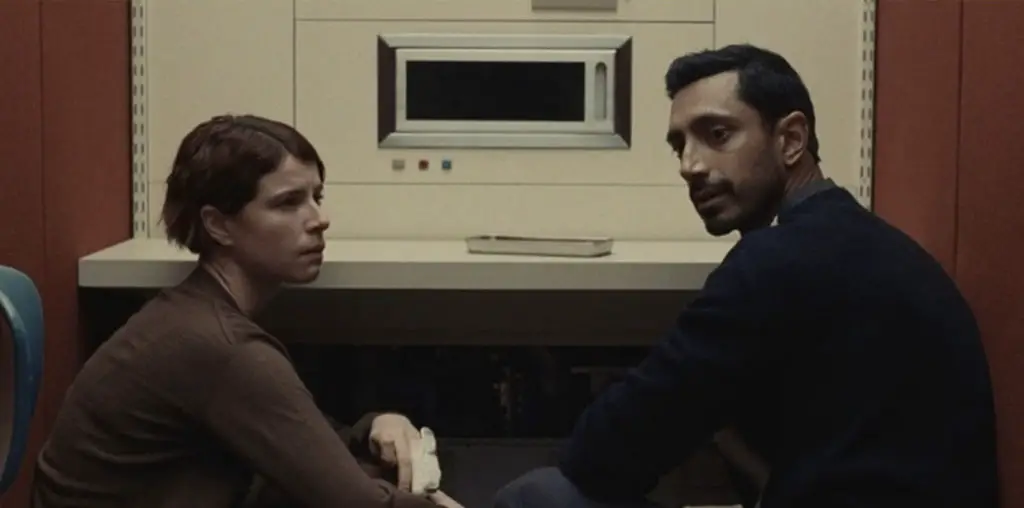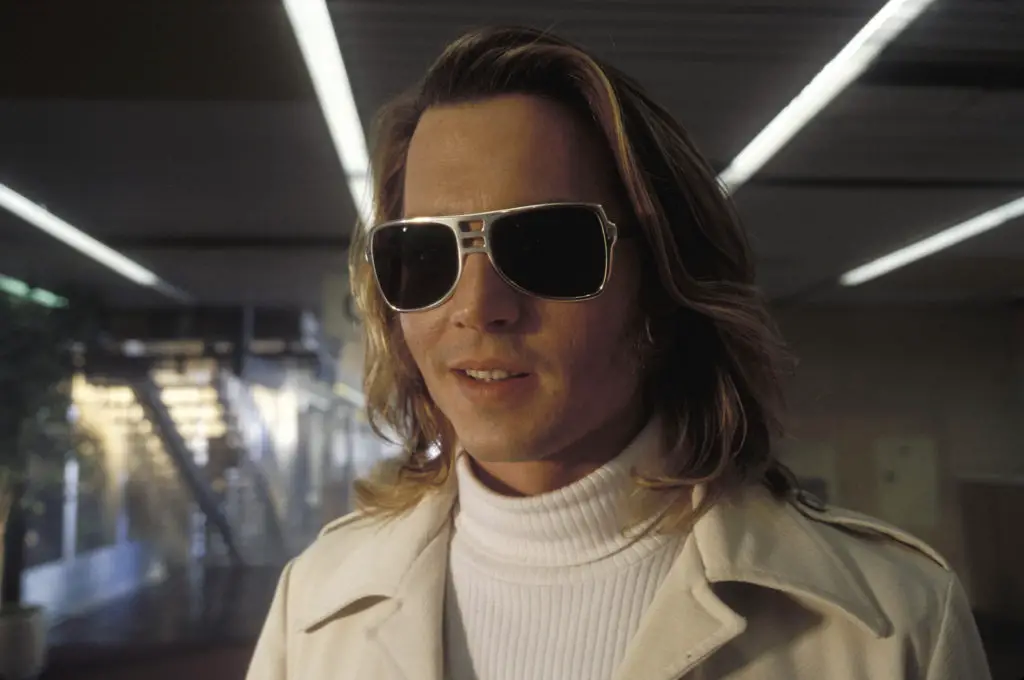
In the 70s, it was pot. Led by that indomitable tag team of cannabis hijinks Cheech and Chong, marijuana was the cinematic drug of choice for that decade’s rebellious counter-culture ticket-buyers. The cocaine-happy 80s found us standing in ticket lines for movies featuring characters doing lines. Last decade, of course, heroin chic raged with films showcasing trippy, spaced out waifs too skinny even for anamorphic lenses to fill out. With a new millennium now upon us, filmmaking pushers remain as eager as ever to provide audiences with their cinematic narcotic fix featuring the new drug of choice — and next decade’s defining 00’s stereotype — Ecstasy.
Actually, Doug Liman’s vastly superior “Go” jumped the gun on the ecstasy-in-film trend last year, or, perhaps more accurately, ignited it. It should come as no surprise then, that Justin Kerrigan’s flashy and visually inventive “Human Traffic” bears such a strong stylistic resemblance to its cousin. Chronicling the unending, chemically fueled string of clubs, parties, and raves five British mates on the brink of outgrowing their Gen-X status use to escape from the hassles of the work week, “Human Traffic” is a sort of UK-based “Go” meets “Friends” with better music.
Jip (John Simm) is the focal point of both the group and the film. A hyper kinetic sales clerk, Jip is fully aware that he’s being figuratively buggered by “The Man” at his nowhere retail job. Of far bigger concern to Jip, however, are the chronic bouts of impotence which have effectively forced him into a self-induced sexual retirement. Which makes Lulu (Lorraine Pilkington) a natural, if oblivious soulmate for him. A striking blond beauty with an icy attitude to match her looks, Lulu finds herself increasingly disenchanted with all men…except her buddy Jip. Rounding out the group are Koop (Shaun Parkes), a good-natured record store huckster and aspiring DJ afflicted with an almost debilitating jealousy of anyone who so much as looks at his boisterous girlfriend Nina (Nicola Reynolds). Finally, there’s Moff (Danny Dyer), the narcotic connoisseur and, no coincidence here, resident wild man of the bunch.
Given the freewheeling nature of the film’s rudimentary storyline, it’s DP David Bennett’s striking visuals — the best use of a fisheye lens since “Brazil” — and Patrick Moore’s non-sequitur, occasionally non-linear editing that power “Human Traffic,” as the blistering pace of the cutting and the bright colors pulsating on-screen make the viewer feel as if he’s drunk one too many cups of really strong coffee. Ironically, it’s as though Kerrigan made a conscious choice to emulate the club scene’s frenetic kaleidoscope of sights, sounds and color over its accompanying ecstasy-driven dreaminess.
“Human Traffic” is about as close as you can come to experiencing the rave scene as a spectator sport; a good bit of fun without all the sweat, sense of danger, and spilled beer of a real club. Best of all, coming down is as easy and painless as walking out of the theater and rejoining a life from which the characters of “Human Traffic” are so intent upon escaping.

